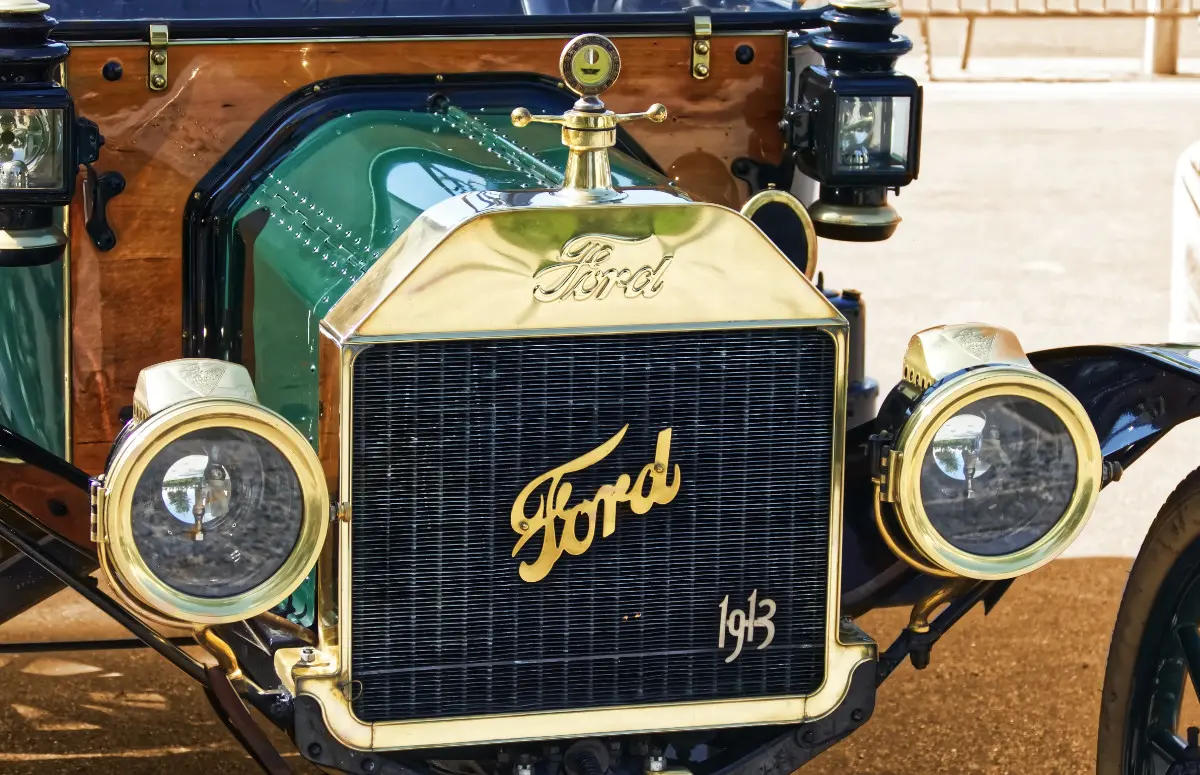When Did the Ford Model T Come Out?
Learn about when the Ford Model T first hit the market, as well as other interesting facts about this iconic car.

The Ford Model T is, without a doubt, one of the most iconic cars of all time. It wasn't the first car to be made, or even necessarily the best car of its era, but it did do one big thing that no other car before it did; it made car ownership practical and relatively affordable for the general public.
While the Model T wasn't the first car ever, it was the first car that most people could actually buy. The Ford Model T was first introduced to the American market in 1908 and was sold for nearly two decades until 1927.
In this article, we'll be talking all about the Ford Model T. We'll be discussing its origins, what it was exactly that made this car such a success, and some other fun facts you might want to know.
Overview of the Ford Model T
Most people probably assume that the Model T was Ford's first-ever car, as no one ever talks about any Fords that came before it. However, there were actually several other Ford models made before the Model T entered production; prior to the Model T, Ford produced the Model A, B, AC, C, F, K, N, R, and S.
Of these pre-Model T cars, the rarest is the Model B. Only seven Model Bs were ever made, with each one costing $2,000 in 1904. Adjusting for inflation, that equals about $63,750 in 2022 dollars; certainly not a fortune, but still significantly more than the average person pays for a new car today.
The Model T, in contrast, resolved basically all of the issues of the Model B. The Model T was the first car to really popularize the use of an assembly line, as the vast majority of cars up to that point were hand-built.
The use of the assembly line allowed Ford to not only reduce the cost of manufacturing each Model T but also allowed them to build more Model Ts in less time. As time went on, Model Ts became cheaper to own; the price of a Model T in 1908 was $850 ($26,000 in today's money), but by 1925 the price had shrunk to less than $300 ($4,800 today).
Thanks to the assembly line, the Model T became one of the most ubiquitous cars in the world. For most of its production run, Ford was producing 9,000 to 10,000 Model Ts every single day. By the end of its production run, over 15 million Model Ts had been made and sold.
Why Was the Ford Model T So Successful?
The main reason why the Ford Model T was so popular, as we've mentioned, was the fact that it was the first truly affordable car for the general public. Barely anyone owned a car before the Model T came along; it's estimated that there were only about 200,000 cars in the world total prior to 1908.
Aside from that, there was also the fact that the Model T was a pretty solid car for its time; it was easy to maintain, offered decent reliability, and was good at travelling over rough terrain (which was especially handy at a time when the U.S. barely had any paved roads).
The beginning of the Model T's production also marked the beginning of the minimum wage and the standard 8-hour workday. Workers at the Highland Park factory where the Model T was made were paid $5 a day, which in 2022 works out to about $154 a day. Many people consider this to be one of the biggest factors that really established the American middle class.
There was also the fact that the Model T was built on a platform that could be easily customized, meaning that the Model T could be sold as a variety of different vehicles. You could get a Model T with either two or four seats, or you could get a Model T with a flatbed for large deliveries or an enclosed cargo area for smaller, more secure deliveries.
Ford Model T Trivia
Being such an old car, there's a lot of interesting trivia concerning the Model T. Looking at some of its characteristics, it's pretty crazy to see how much cars have changed in the last century.
Probably one of the funniest aspects of the Model T was how its fuel system worked. The system was fed entirely by gravity; fuel dripped down into the system through an opening in the bottom of the tank, and no pumps were used.
However, this meant that if the Model T was on enough of an incline, the fuel wouldn't be able to enter the fuel system, and the engine would stop running. The solution to this problem was simple but kind of ridiculous; drivers just had to drive up hills in reverse.
There's also a common misconception that all Model Ts were only available in black. While it's true that every Model T made from 1914 to 1925 only came in black, prior to 1914 a variety of colors were available as options.

